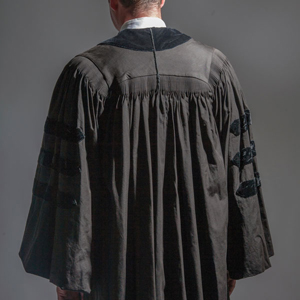Study finds a 'gavel gap' between diversity of judges and that of the populations they serve

iStock Photo
A study by the American Constitution Society examines demographic diversity in every state’s courts—and finds that most states are falling short.
For “The Gavel Gap: Who Sits in Judgment on State Courts?” two academic researchers looked at the race, ethnicity and gender of judges in 10,000 state courts of general jurisdiction, Law.com reported. They examined biographical information of judges in every state and Washington, D.C., and issued letter grades based on how closely the diversity on the state’s bench reflected the diversity of the jurisdiction’s population.
As of December of 2014, the researchers concluded, more than half of sitting state court judges nationally were white males. Racial and ethnic minorities are 40 percent of the population as a whole, the article says, but 20 percent of state court judges. Women are 51 percent of the population and have been about half of law students for the past 20 years, the report says. But they’re just 30 percent of state court judges nationwide.
That’s important, the article said, because state courts handle 90 percent of our country’s legal business—100 million cases a year.
“The vast majority of Americans’ interactions with the judicial system, ranging from traffic violations to criminal proceedings, happen in state courts,” said Tracey George, a study author and a professor of law and political science at Vanderbilt University. “When people do not see themselves represented… it creates a mistrust of judges and propagates the mystery surrounding the court system.”
George’s remarks came on a media conference call Wednesday, along with study co-author Albert Yoon, a professor of law and economics at the University of Toronto, and commentator Sara Totonchi, executive director of the Southern Center for Human Rights.
Totonchi told listeners that one solution could be more popular election of judges, in part because appointments by public officials permit a culture of secrecy and cronyism. But George said elections don’t necessarily create diversity, because women and minorities are sometimes reluctant to run for office.
The nation as a whole got a “gavel gap” score of -39, the same score given to California, which was given the letter grade D. Hawaii was ranked first out of all the jurisdictions and given an A; second-ranked Washington, D.C. got a B. Twenty-six states got an F, with Utah coming in last. The full study and its ranking of states are available at gavelgap.org.



